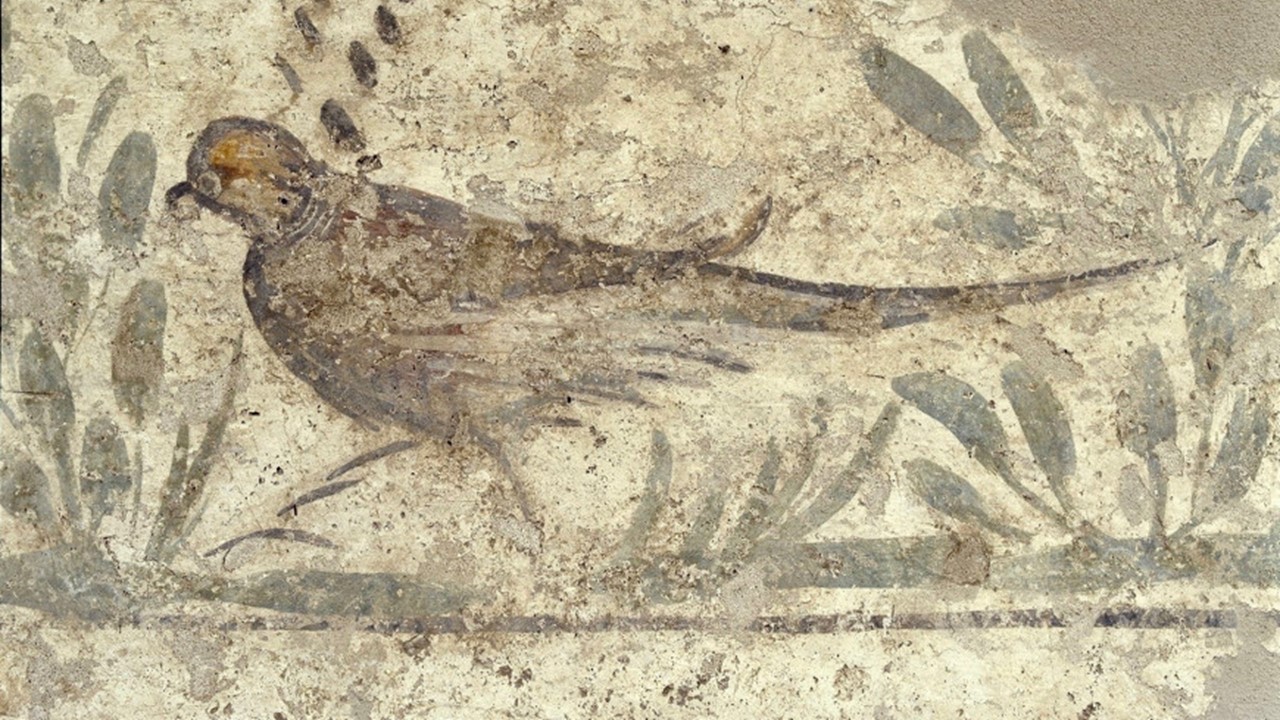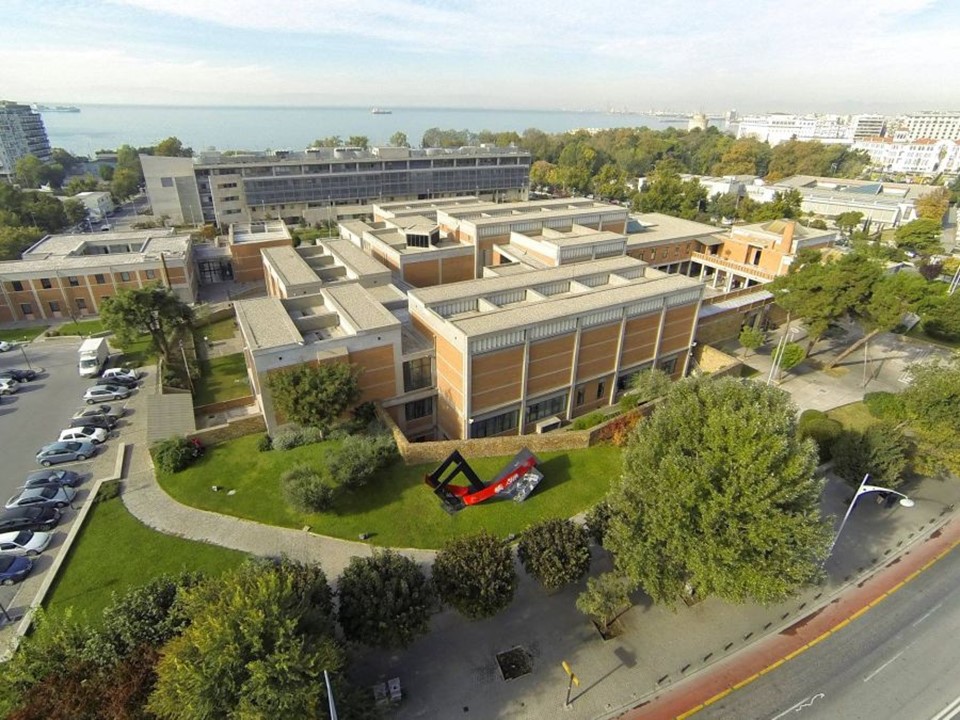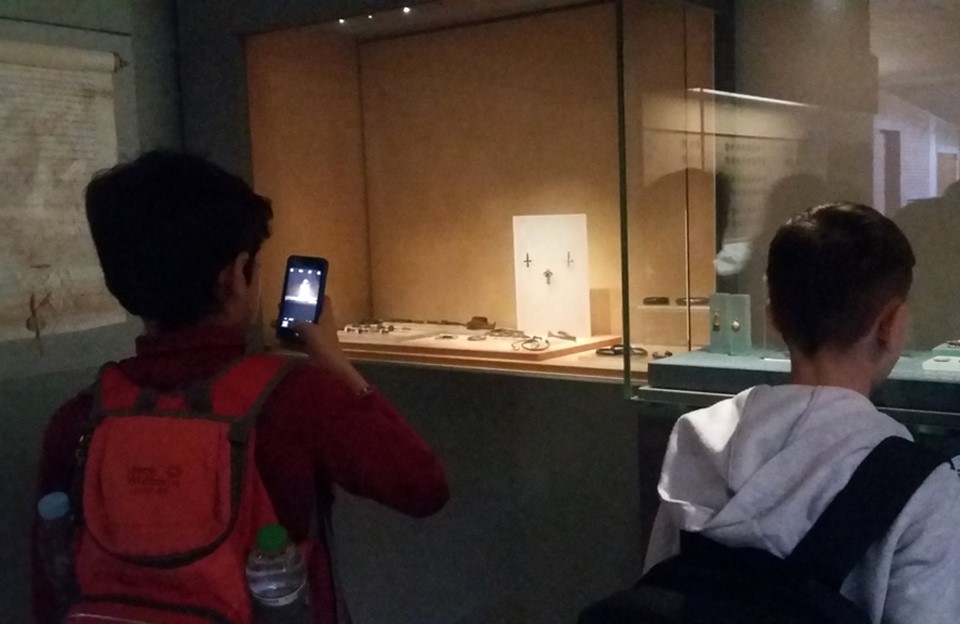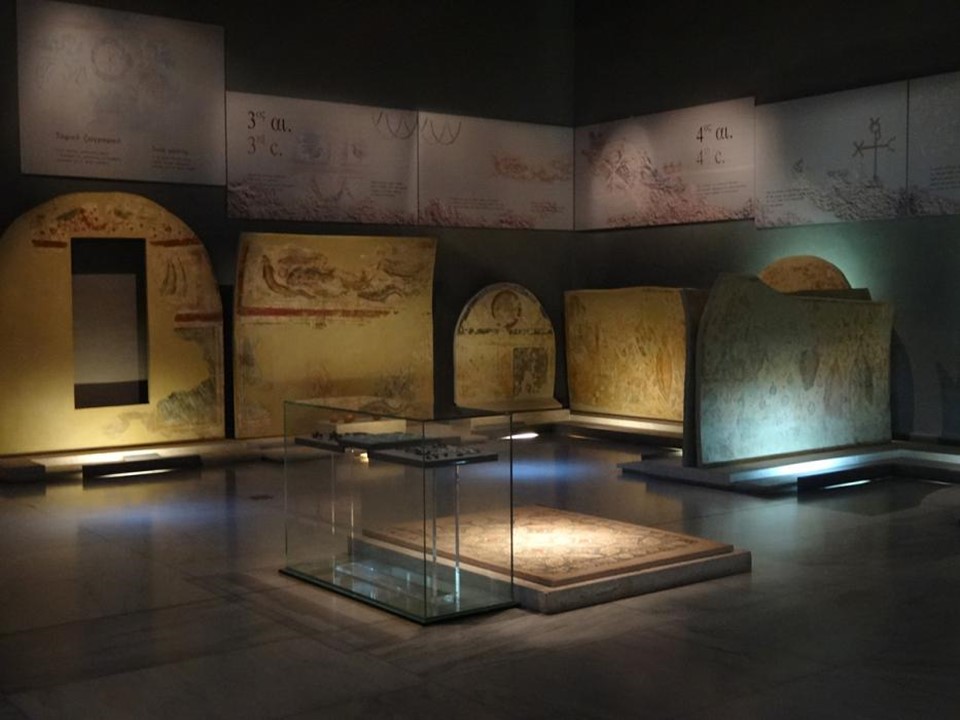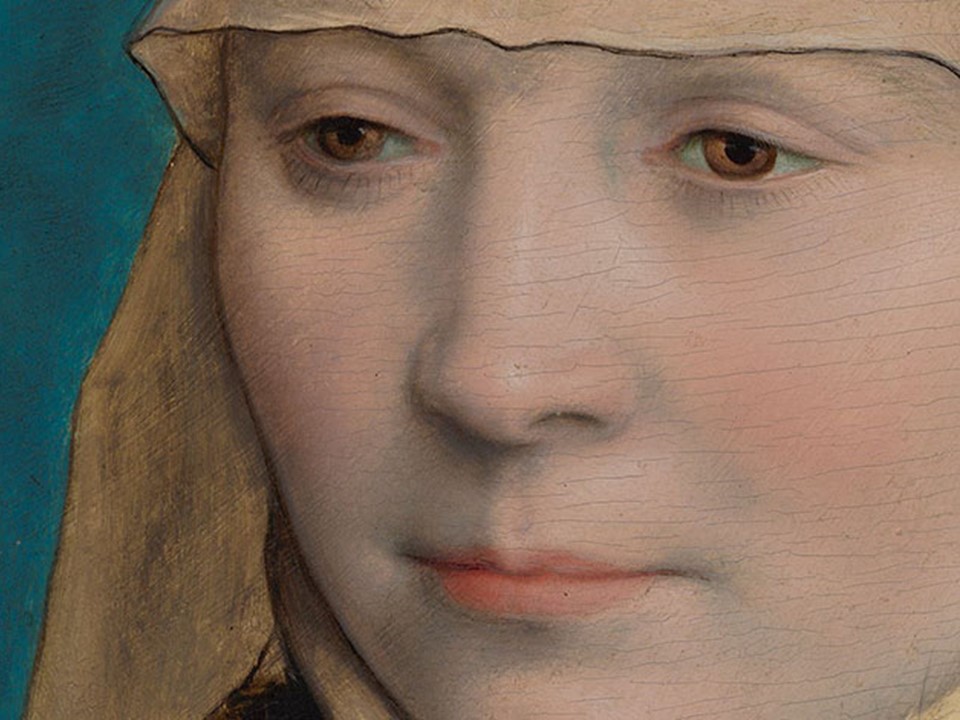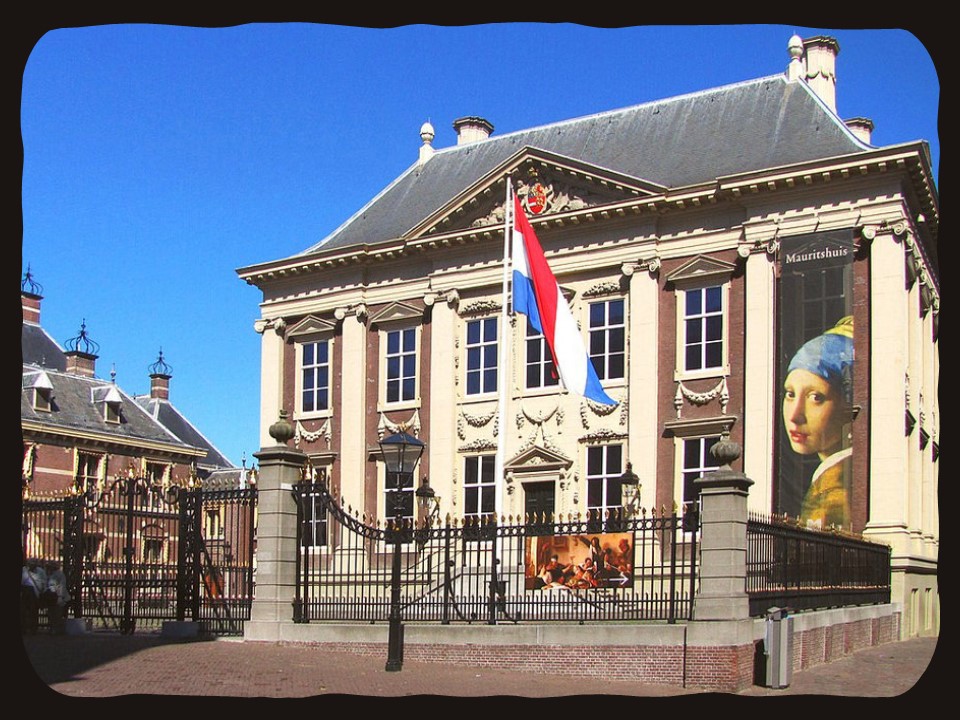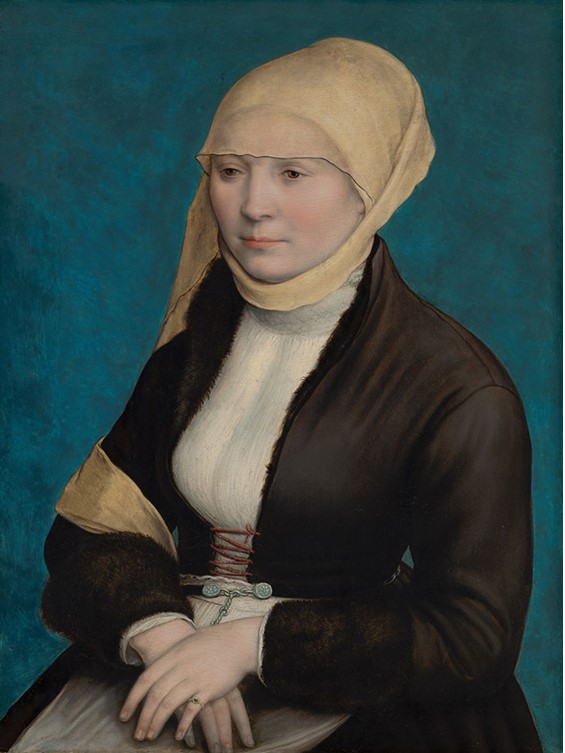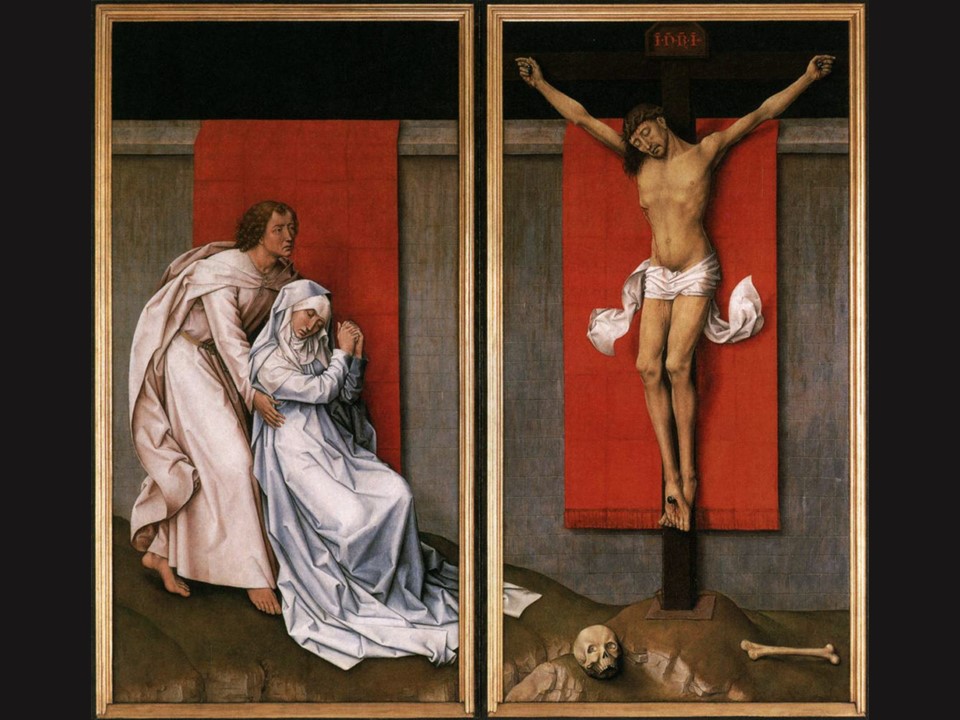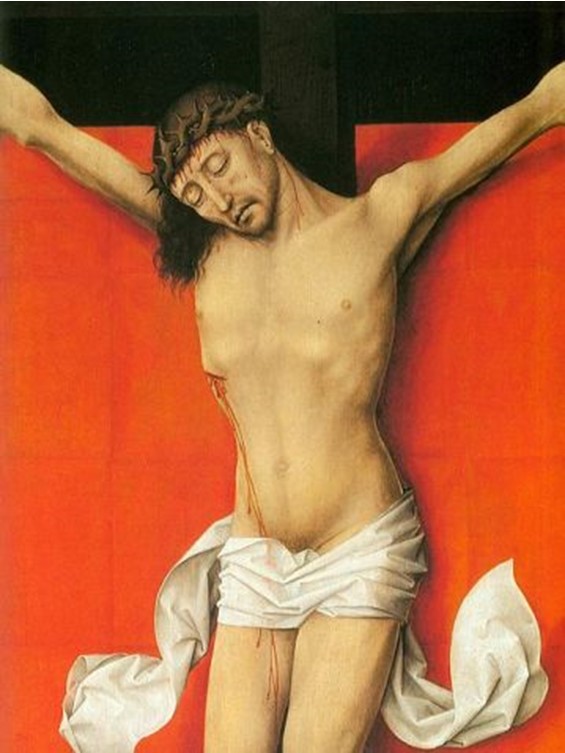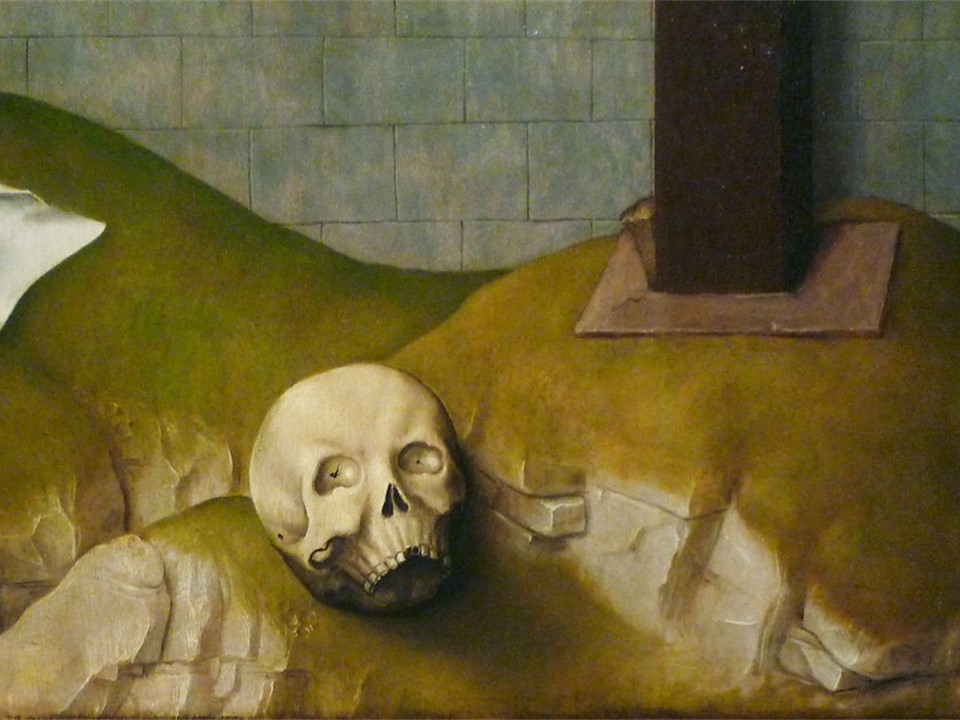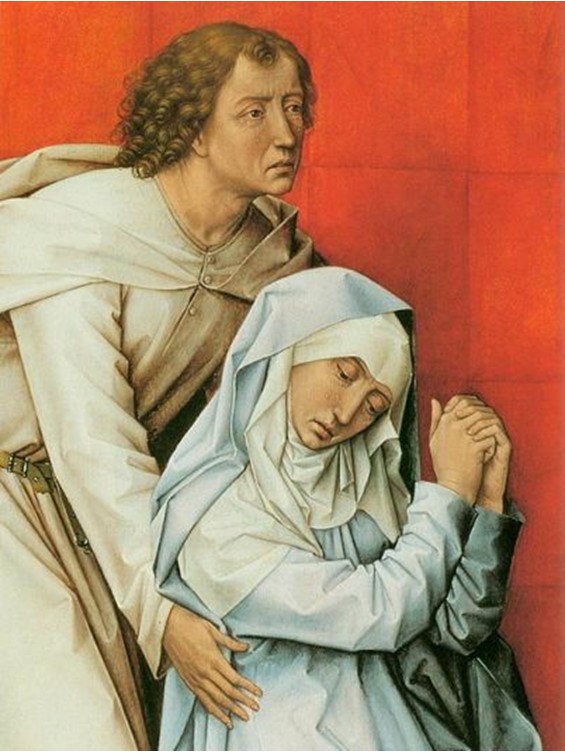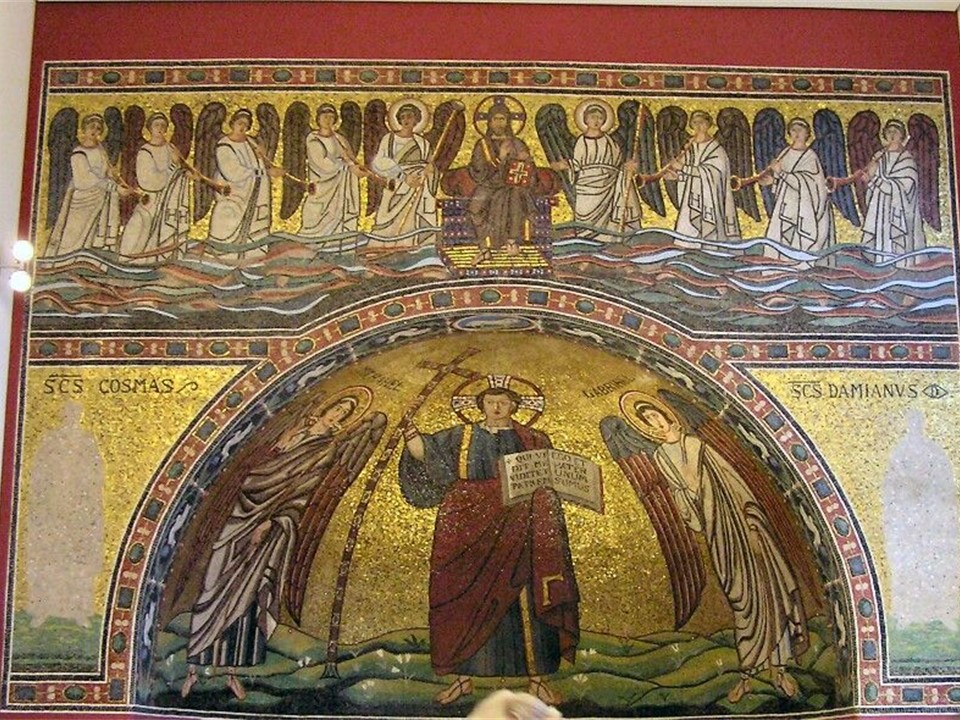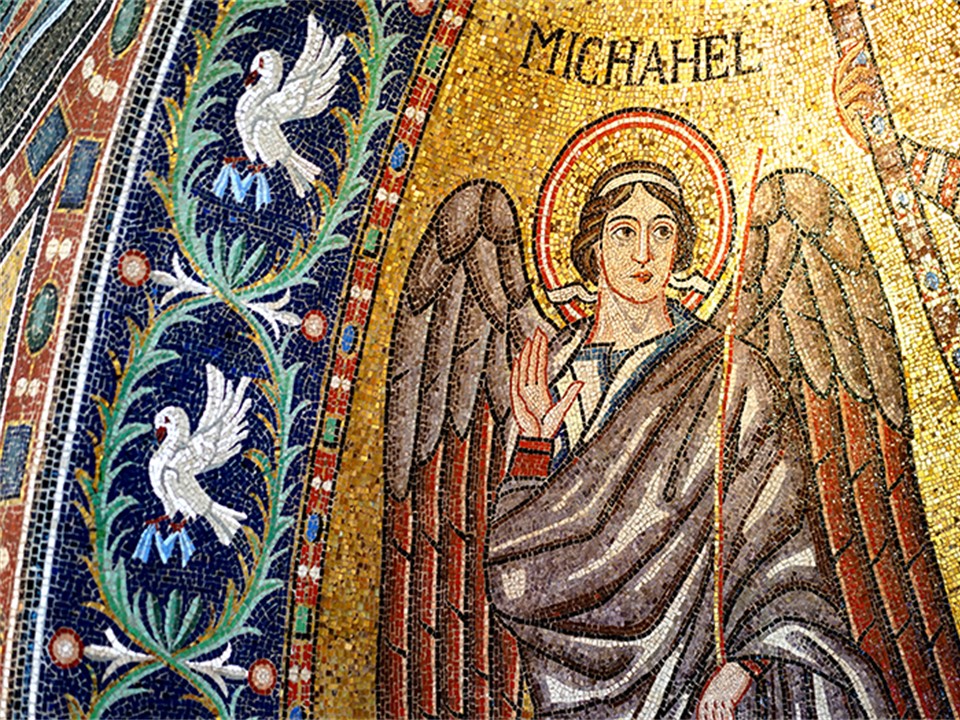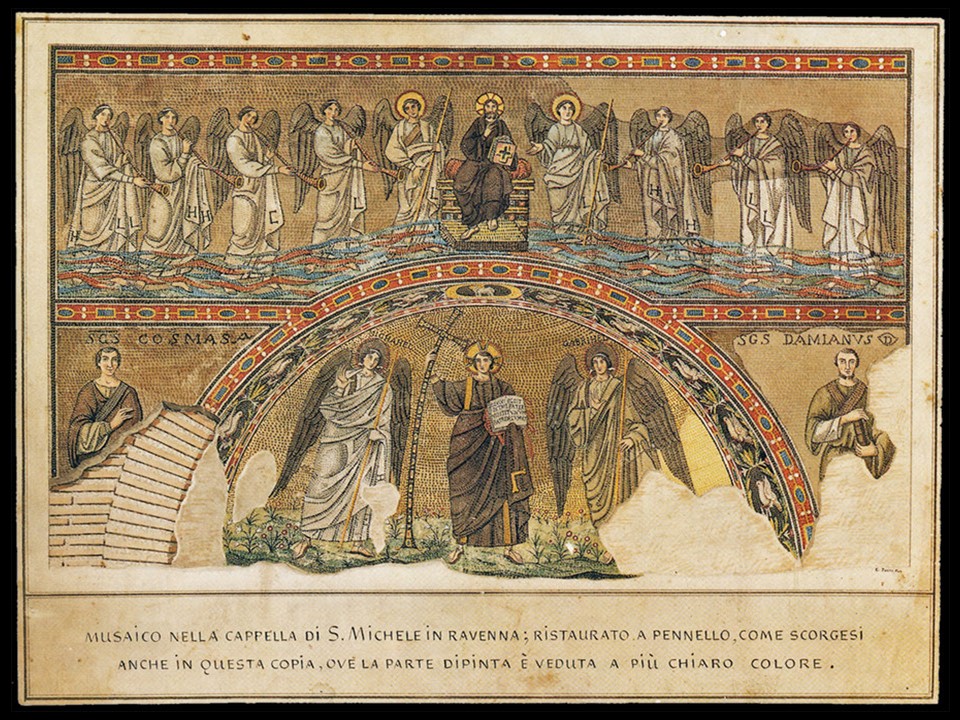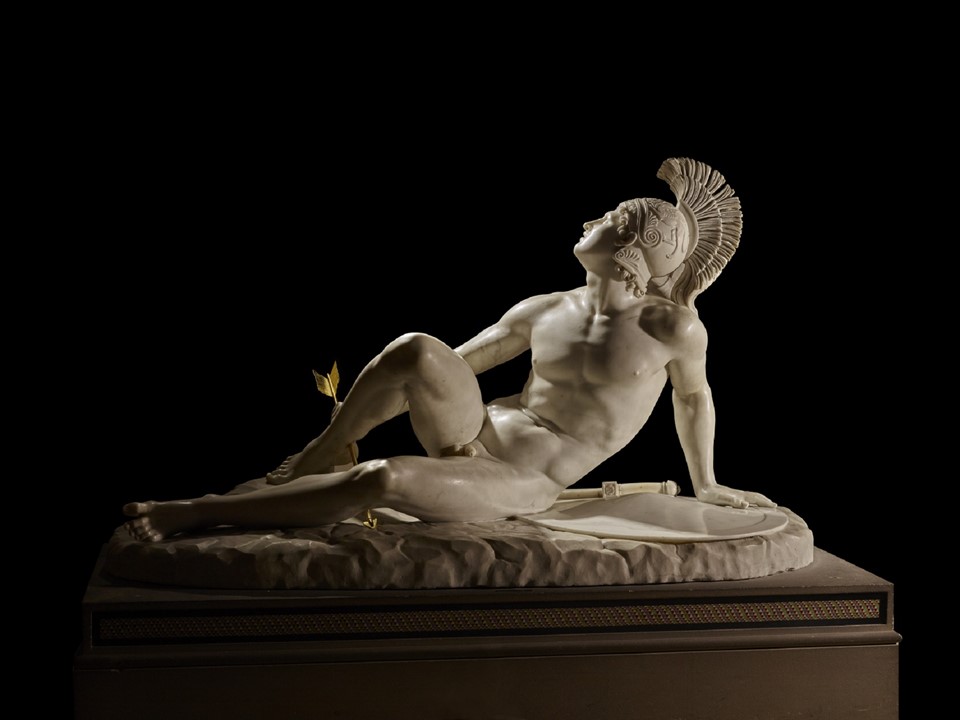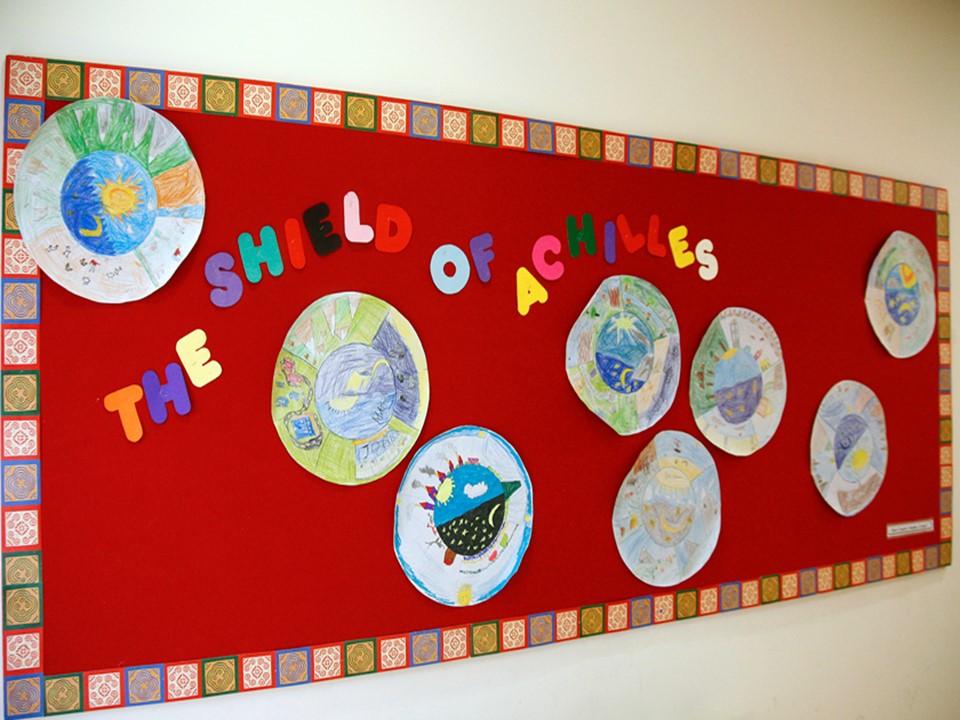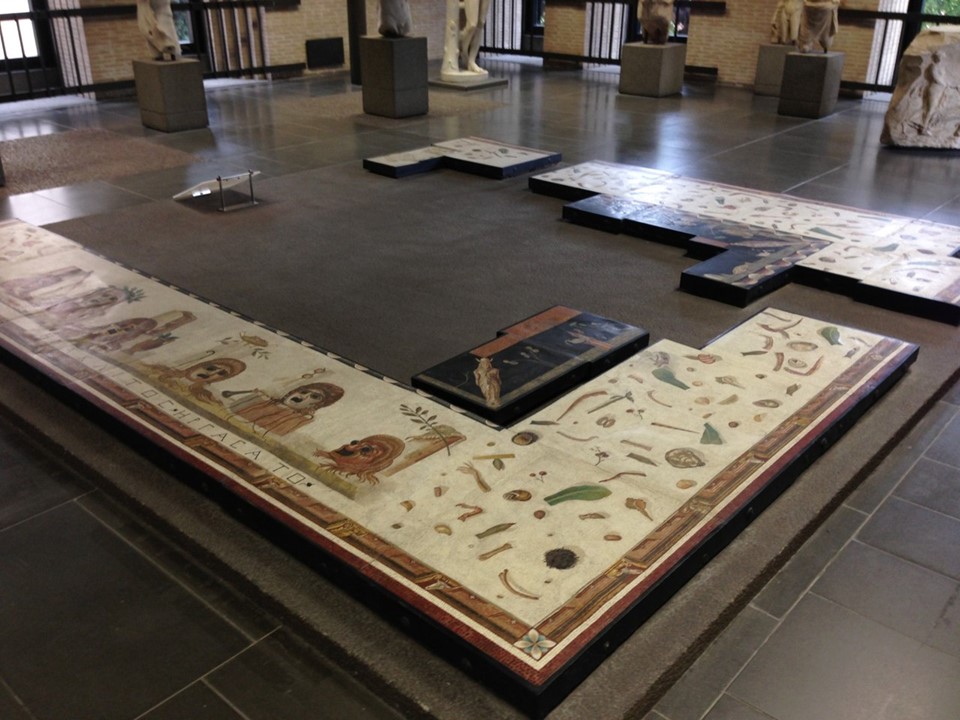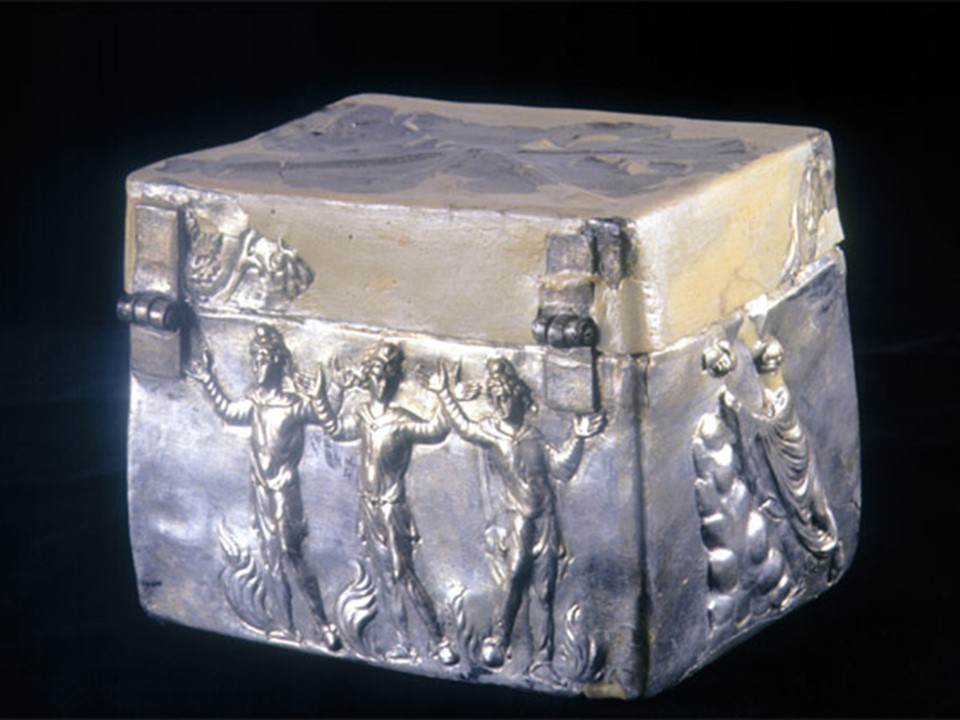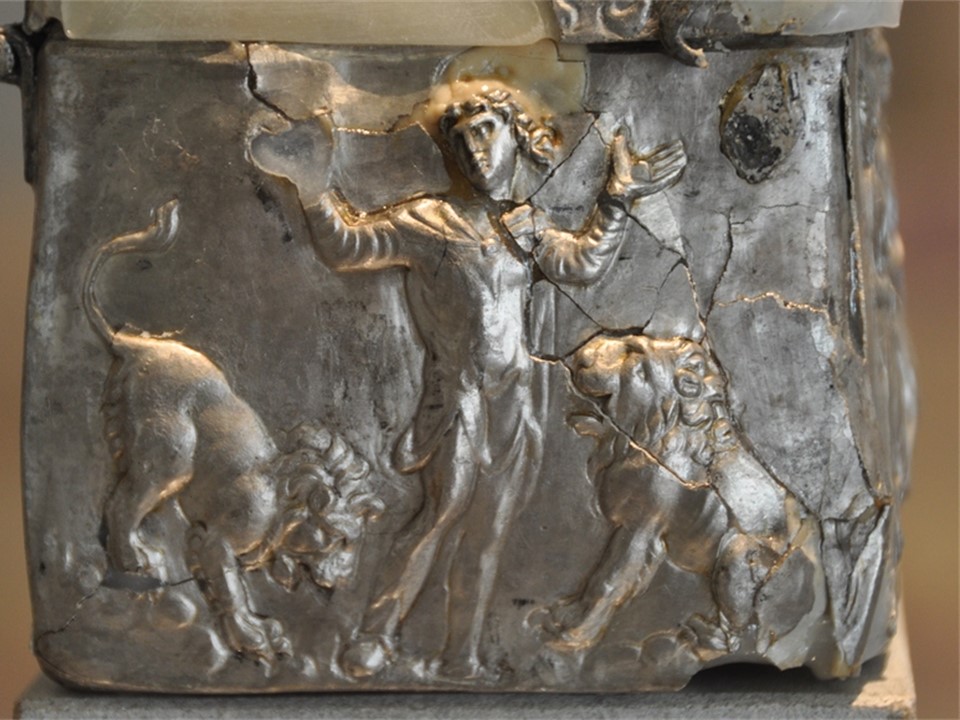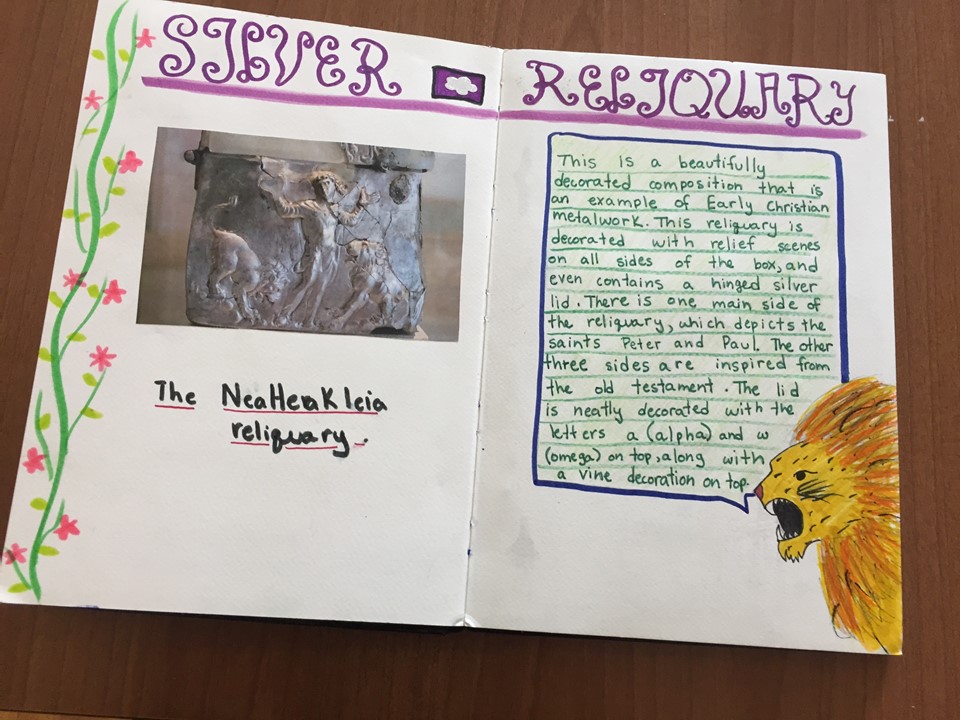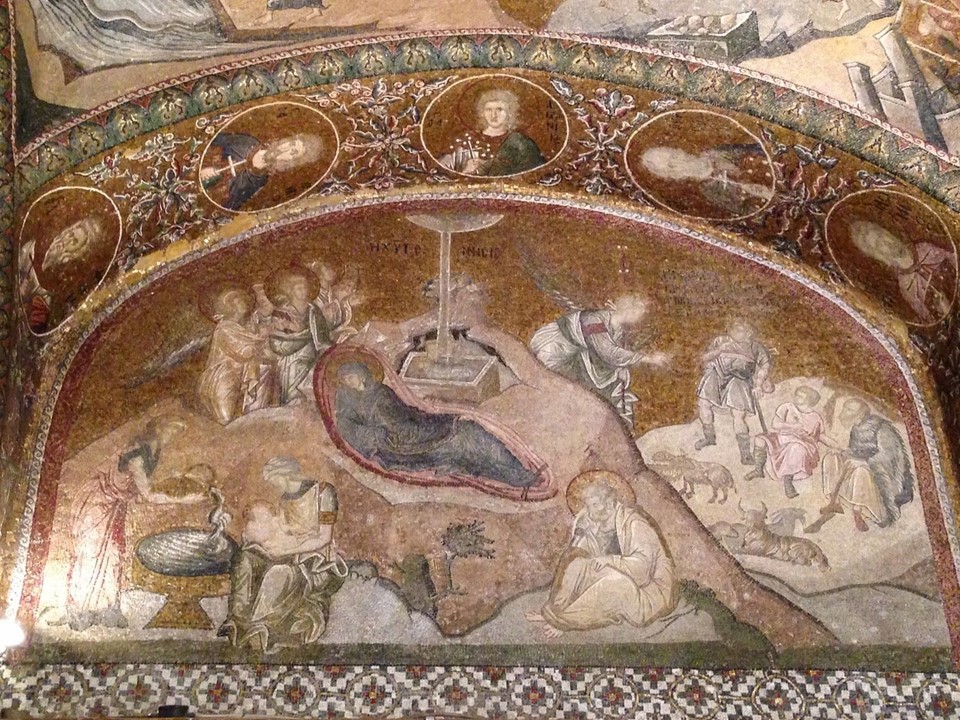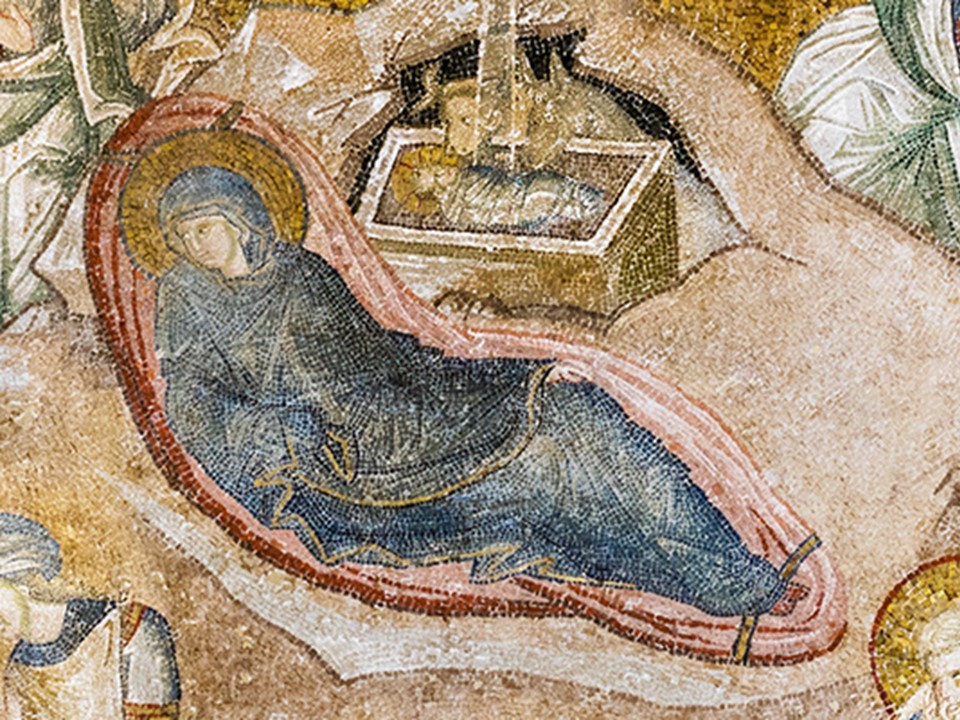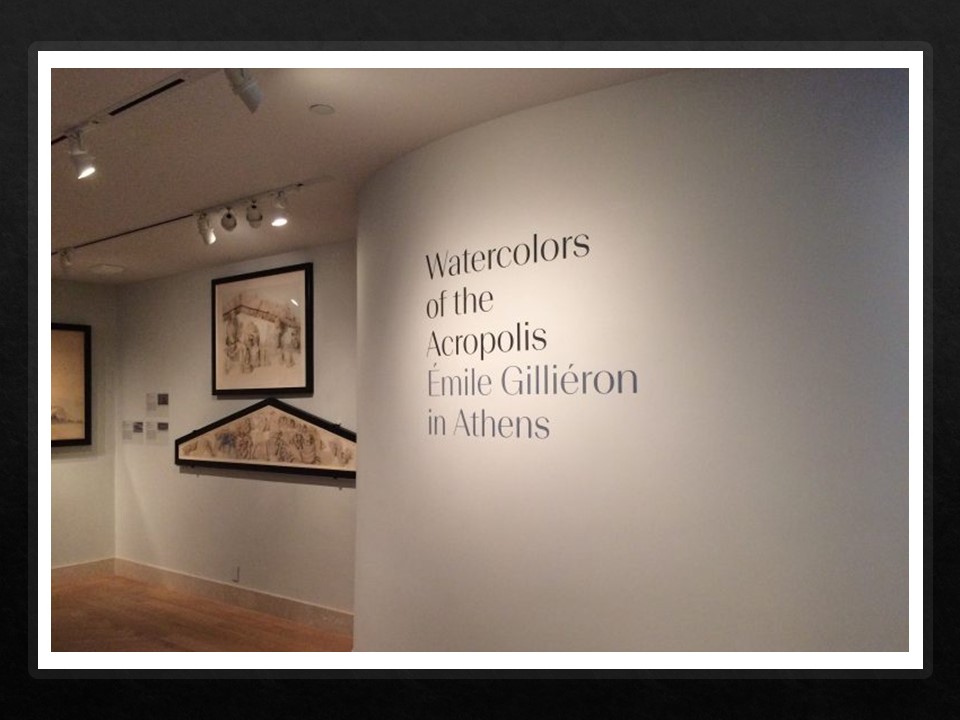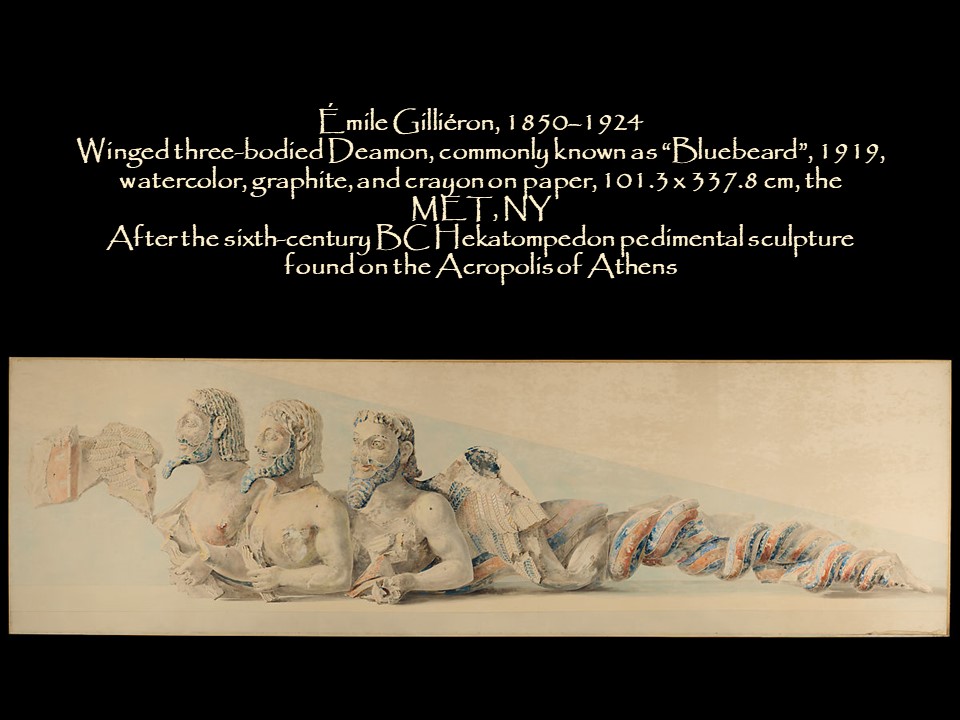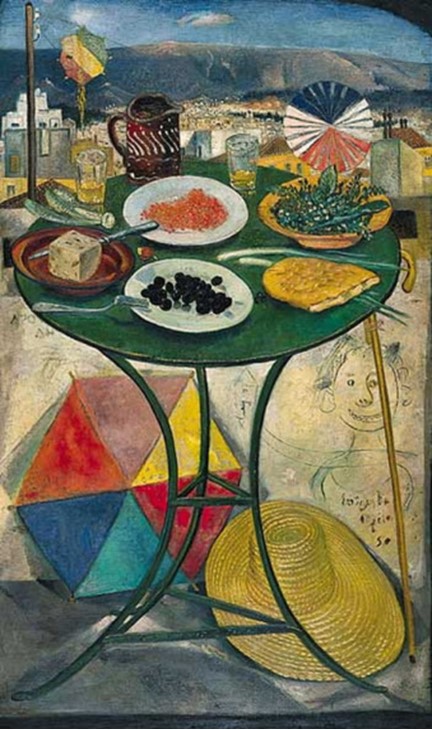
Clean Monday Feast, 1950, oil on wood, 125×78, Municipality of Rhodes Museum of Modern Greek Art
https://paletaart.wordpress.com/2012/08/06/%CE%B2%CE%B1%CF%83%CE%B9%CE%BB%CE%B5%CE%AF%CE%BF%CF%85-%CF%83%CF%80%CF%8D%CF%81%CE%BF%CF%82-spyros-vassiliou-1903-1985/#jp-carousel-4424
Could Isaiah (Isaiah 1:1–20) introduce us to the theme of Clean Monday with his Old Testament verses? “Wash yourselves; make yourselves clean; remove the evil of your doings from before my eyes; cease to do evil, learn to do good; seek justice, rescue the oppressed, defend the orphan, plead for the widow. Come now, let us argue it out, says the Lord: though your sins are like scarlet, they shall be like snow; though they are red like crimson, they shall become like wool. If you are willing and obedient, you shall eat the good of the land; but if you refuse and rebel, you shall be devoured by the sword; for the mouth of the Lord has spoken.” Are the following Matthew verses (Matthew 6:14–21) indicative of the Greek Orthodox festive, springtime atmosphere of Clean Monday? “When ye fast, be not, as the hypocrites, of a sad countenance: for they disfigure their faces, that they may appear unto men to fast. Verily I say unto you, They have their reward. But thou, when thou fastest, anoint thine head, and wash thy face, that thou appear not unto men to fast, but unto thy Father which is in secret…” I like to think that the painting Clean Monday Feast by Spero Vassiliou embodies Matthew’s recommendations and presents the glorious Greek Clean Monday at its best! https://bible.oremus.org/?passage=Isaiah%201:1%E2%80%9320&version=nrsv and https://bible.oremus.org/?passage=Matthew%206:14%E2%80%9321&version=nrsv
Austerity and Affluence… two words that best describe, in my humble opinion, Vassiliou’s painting Clean Monday Feast in the Municipality of Rhodes Museum of Modern Greek Art. Let me explain…
Austerity… in the green, tripod, metal table, centrally displayed, full of traditional νηστίσιμα(fasting foods) humble delicacies that mark the beginning of Lent… for the day, Clean Monday, when relatives and friends celebrate the upcoming period of humility, self-criticism and mutual forgiveness. Vassiliou’s green coloured table displays a piece of Lagana, the unleavened popular bread of the day, Throubes, sun-dried black olives, crunchy spring onions, the grocer’s halva with tasty almonds, the heart of tender lettuce, a deep yellow plate full of crisp, local “greens,” a white plate with salty, but so tasty red fish roe, and retsina, the Greek resinated white wine, popular in Greece for at least 2,000 years.
Affluence… in the love the artist held for the simple things of everyday life, insignificant at first sight, yet eloquent, meaningful and deeply moving for all the initiates of Greek Clean Monday rituals. Spero Vassiliou’s family tradition for Clean Monday was to invite his friends for a day’s feast on the roof(ταράτσα) of his house, below the Acropolis of Athens! The 1950 painting, titled Clean Monday Feast, is glowingly colourful, brightly sunny, gloriously festive!
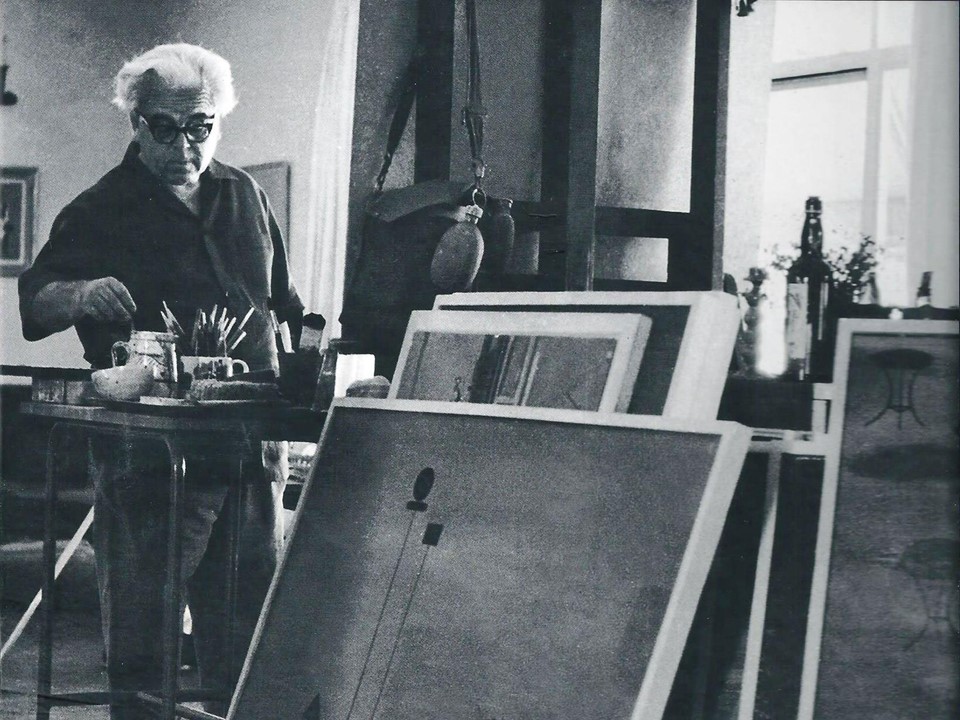
Spero Vassiliou “studied painting at the “School of Arts” (later Athens School of Fine Arts) from 1921 to 1926. He was among the students who struggled for the reorganization of the School and who attended the studio of the newly elected professor, Nikos Lytras.” An active member of the Greek Artists Association, Vasiliou put together solo exhibitions as early as 1929, participated in creating stage design and costumes for about 140 plays, and won the prestigious Academy of Athens Award for designing the frescoes in the church of Saint Dionysius Areopagites in Athens. By the late 1940s, Vassiliou was an active member of the Greek intelligentsia representing a style linked to surrealism or pop art with a dominant dose of “aspects of contemporary Greek life in a picturesque and vivid way, sometimes inspired by folklore forms…” http://dp.iset.gr/en/artist/view.html?id=1080
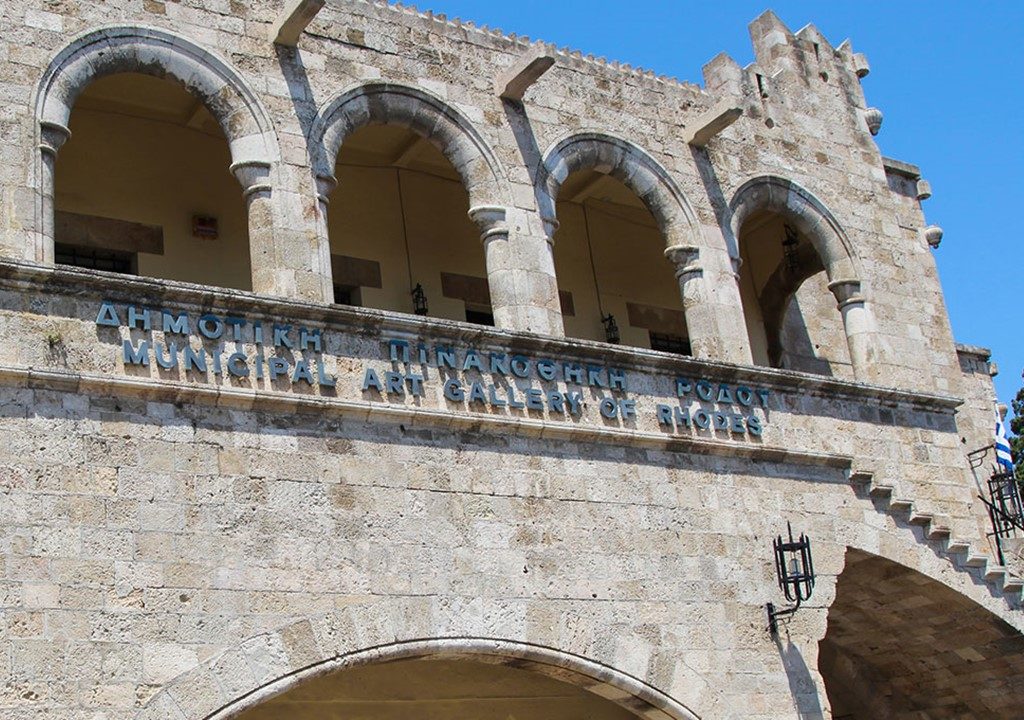
https://www.rodos-palace.gr/discover-rhodes/510/Museums-and-Antiquities/
The painting Clean Monday Feast by Spero Vassiliou is part of the Collection of the Municipality of Rhodes Museum of Modern Greek Art. The driving force behind the creation of the Municipality Museum was Andreas Ioannou, “a distinguished scholar of modern Greek art, writer and prefect of Dodecanese.” He foresaw the leading role Rhodes could play as a cultural center of international fame and decided, back in the 1950s, to create an emblematic Museum of Modern Greek Art. “For this reason he came in contact with the leading Greek artists, acquired their emblematic works and housed them in the historic building of Symi Square at the entrance of the Medieval City of Rhodes, which is now a UNESCO World Heritage Site.” https://www.mgamuseum.gr/el/to-mouseio/
Today, the Municipality Museum has 4 very distinct Art Galleries. The original Historic Building on Symi Square is the center where Engravings of the 19th – 20th centuries, Publications and Posters will be exhibited. The “Nestorideion Melathron” houses the Museum’s permanent collection of 20th century Modern Greek Art, including Vassiliou’s Clean Monday Feast. The Modern Art Centre, situated at the main thoroughfare in the Medieval Town “Palaio Syssitio,” has been chosen as the center for the first permanent exhibition dedicated to the famous and characteristic Rhodesian Ceramic Art. Finally, in 2010, the Museum inaugurated a new center dedicated to the cultural activities of the island. https://www.mgamuseum.gr/el/to-mouseio/
Get enthused by Spero Vassiliou’s Painting Clean Monday Feast and prepare a Student Activity inspired by the depicted Kites! Use a List of ONLINE sites to find out what best suits your students! Click HERE!
